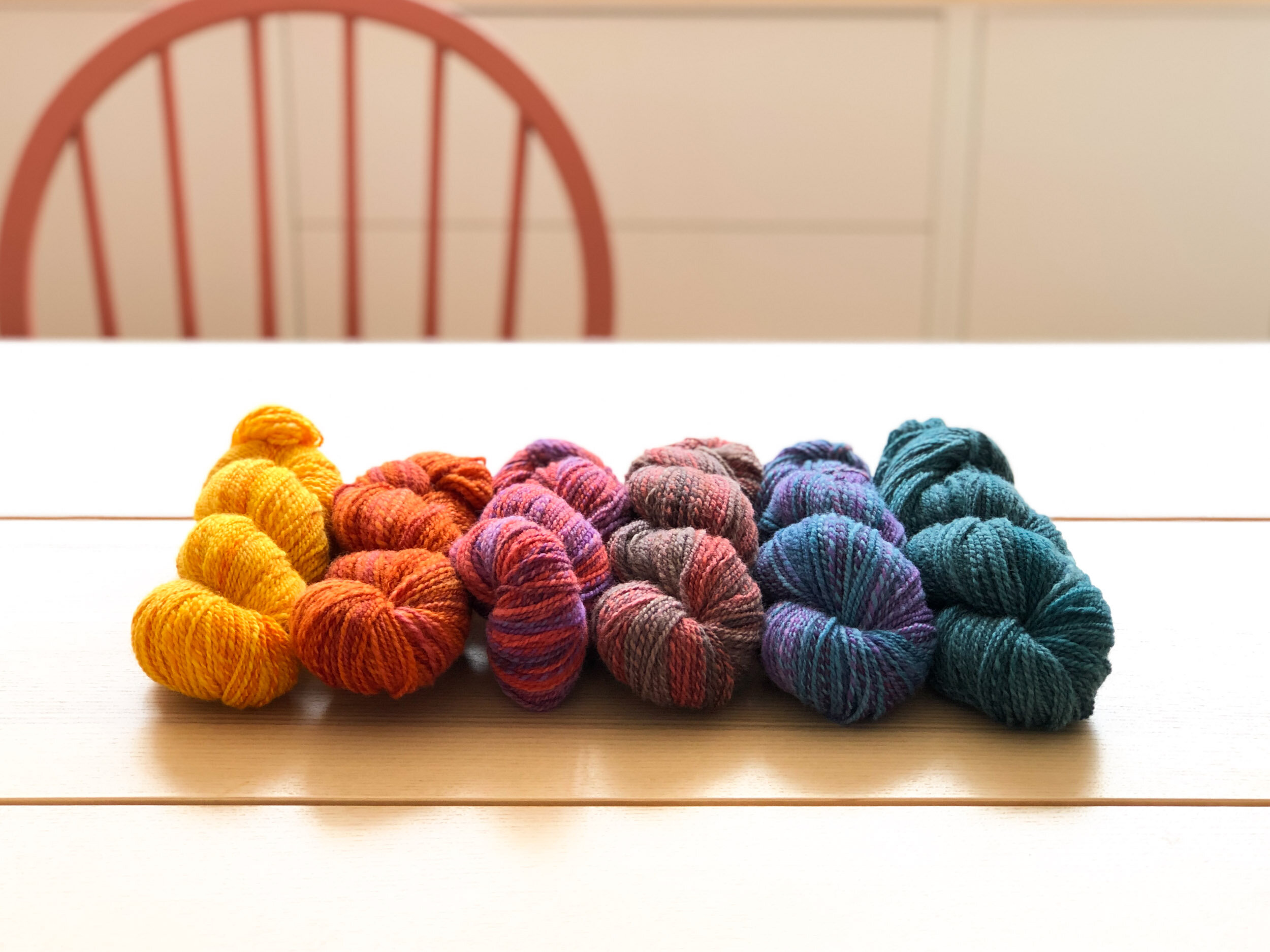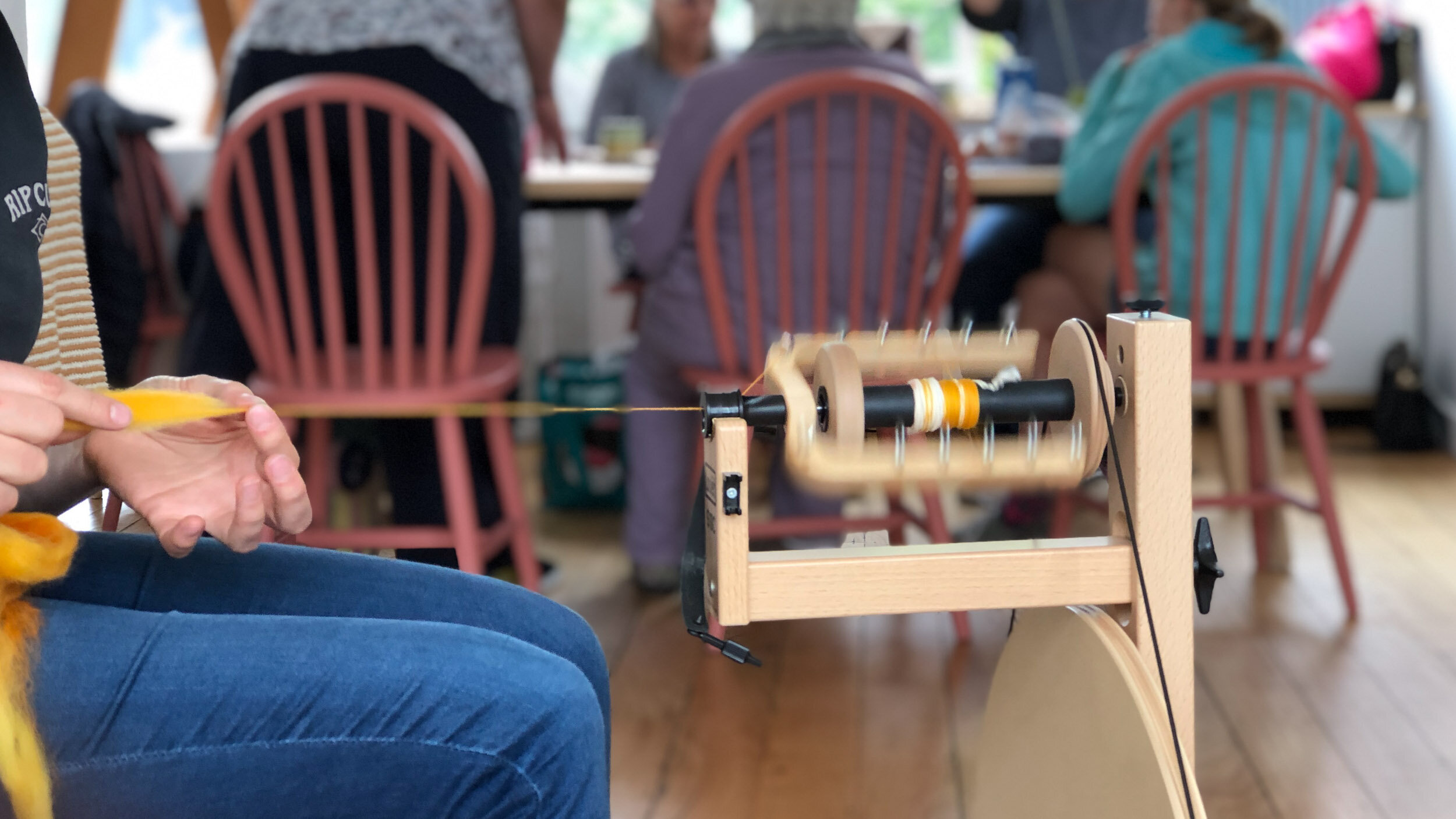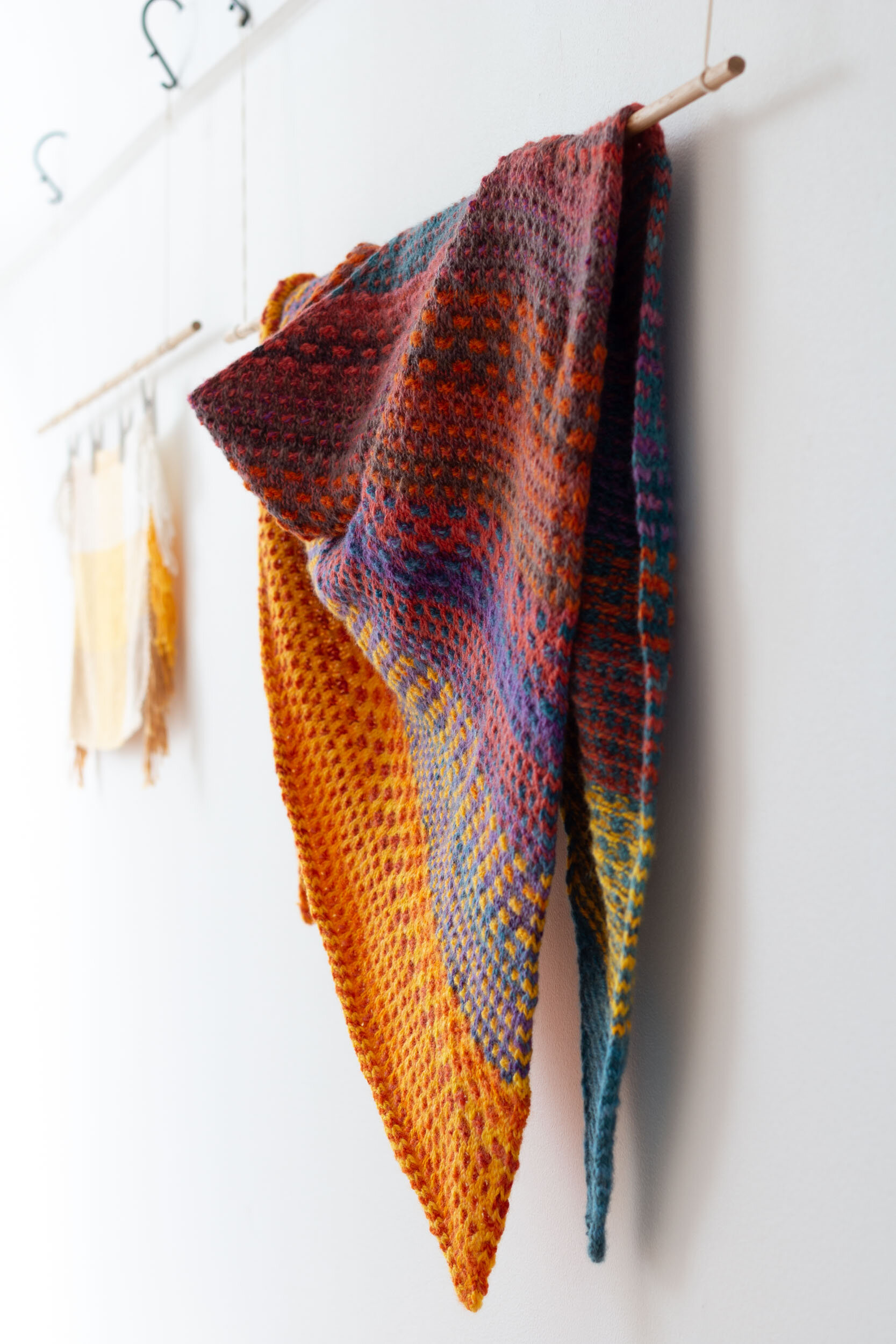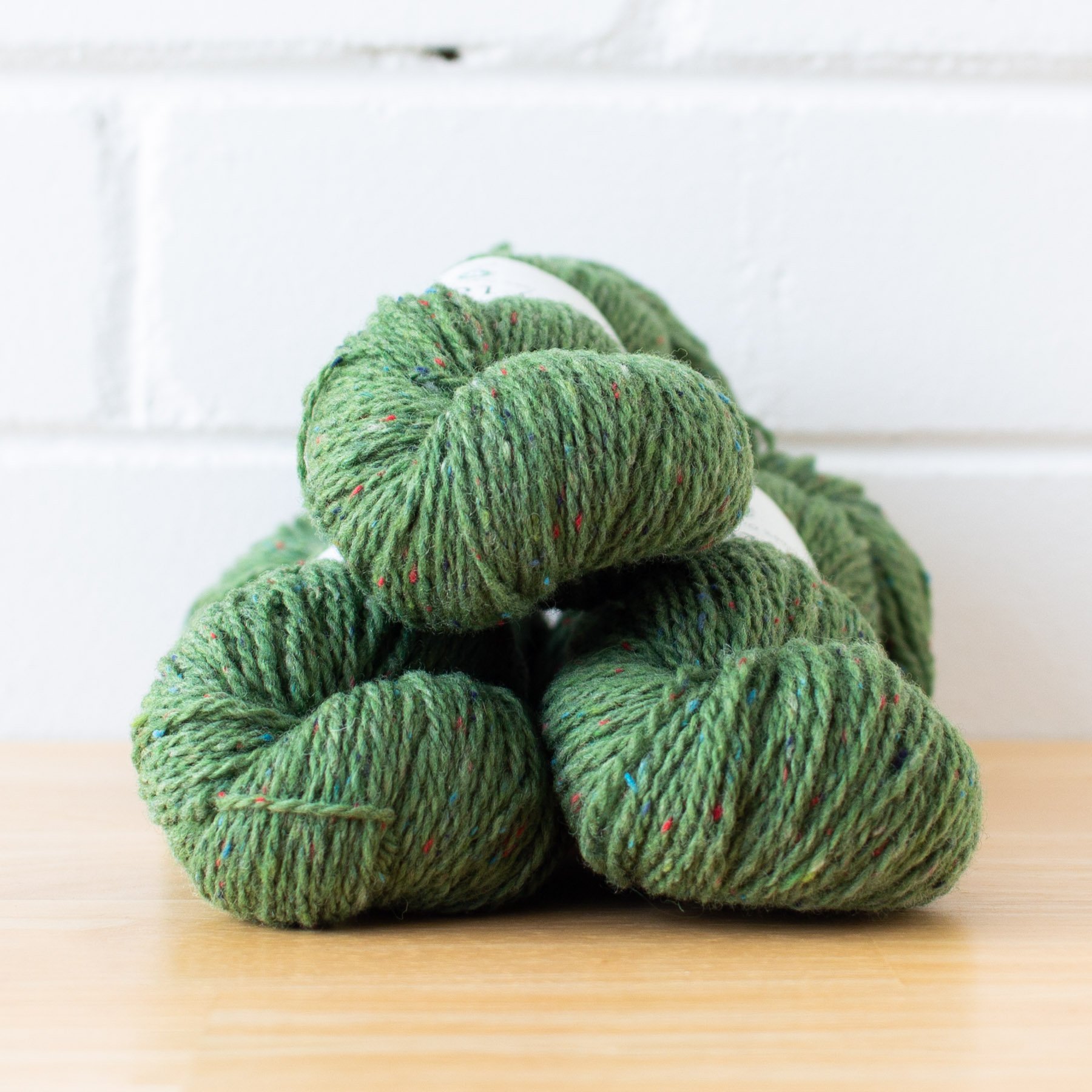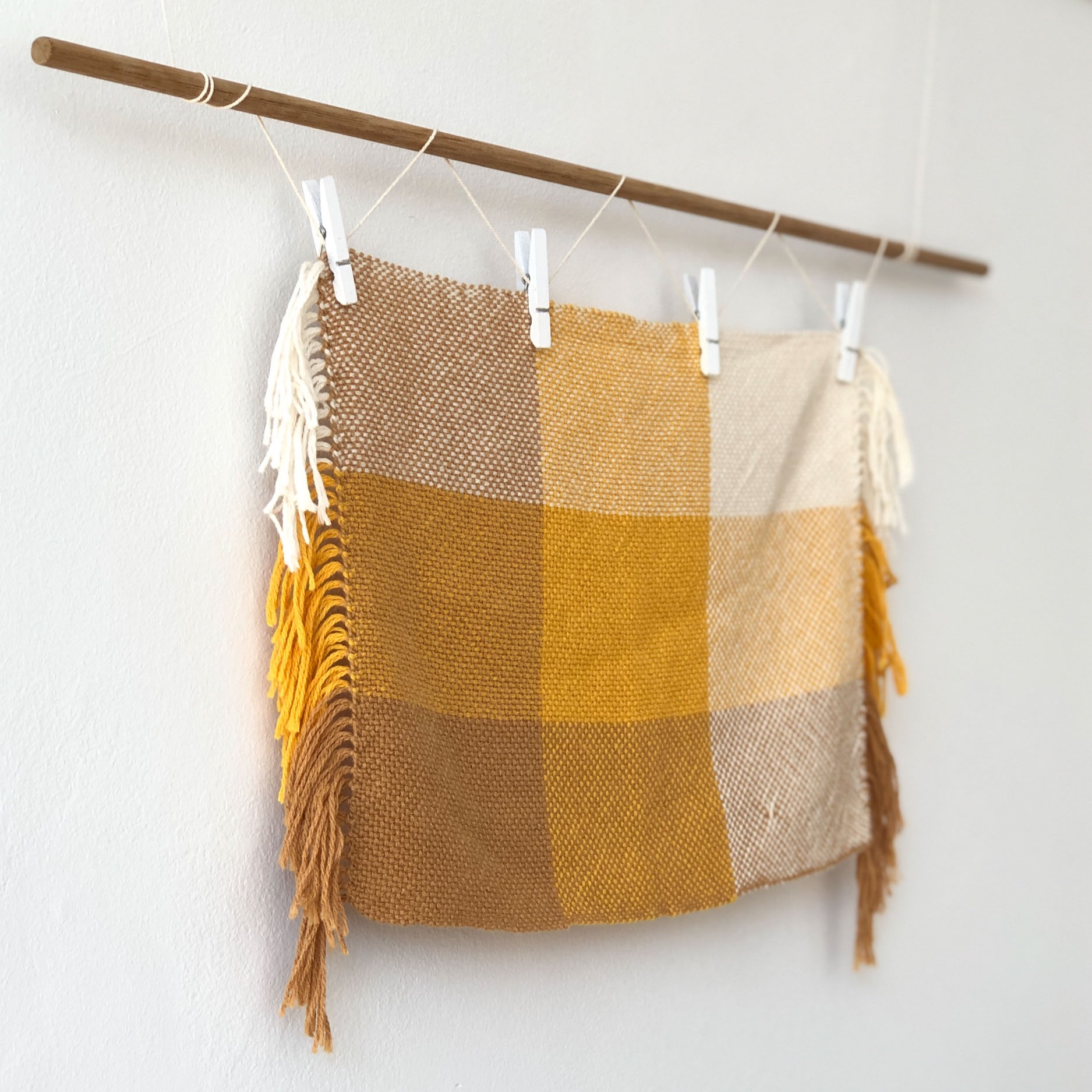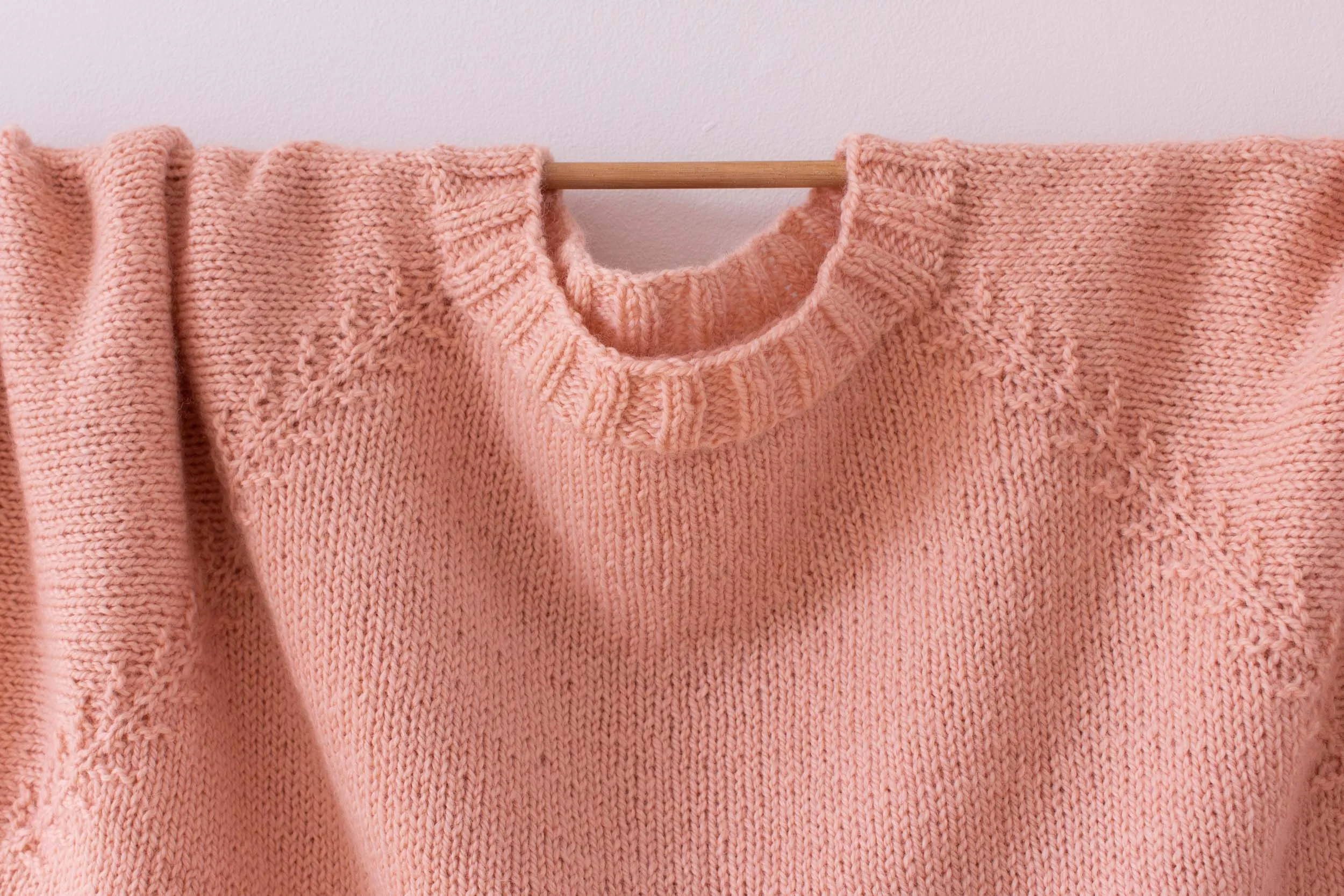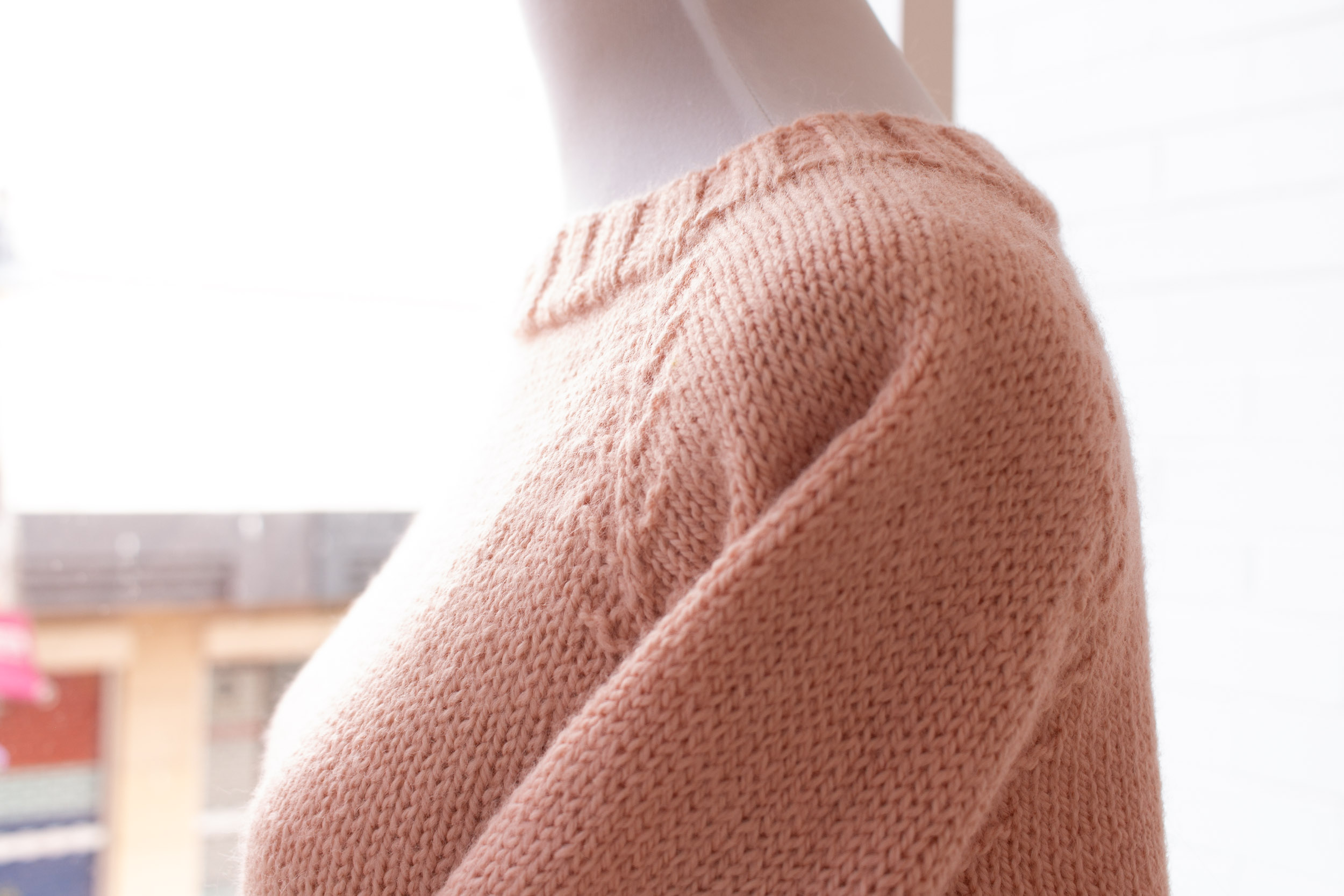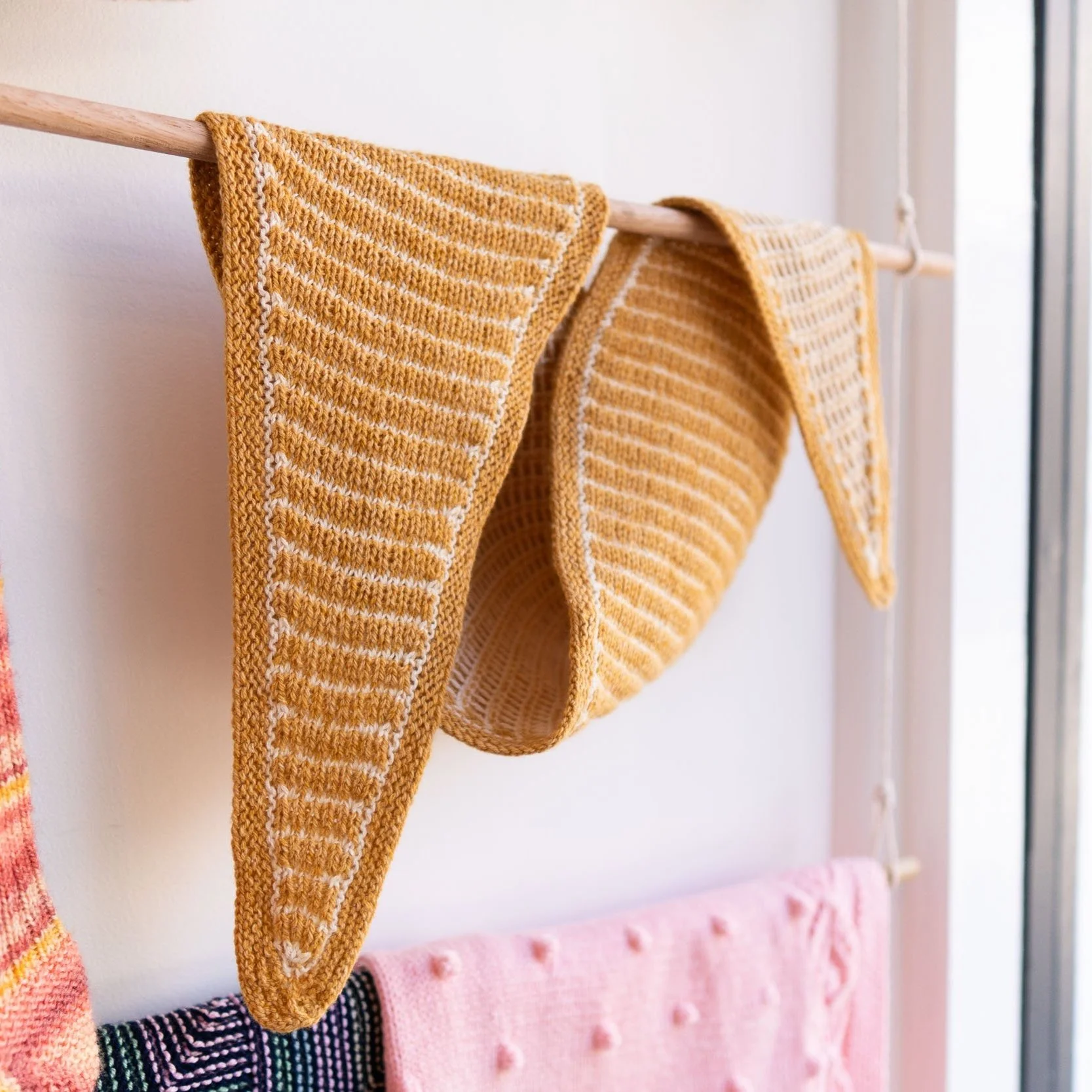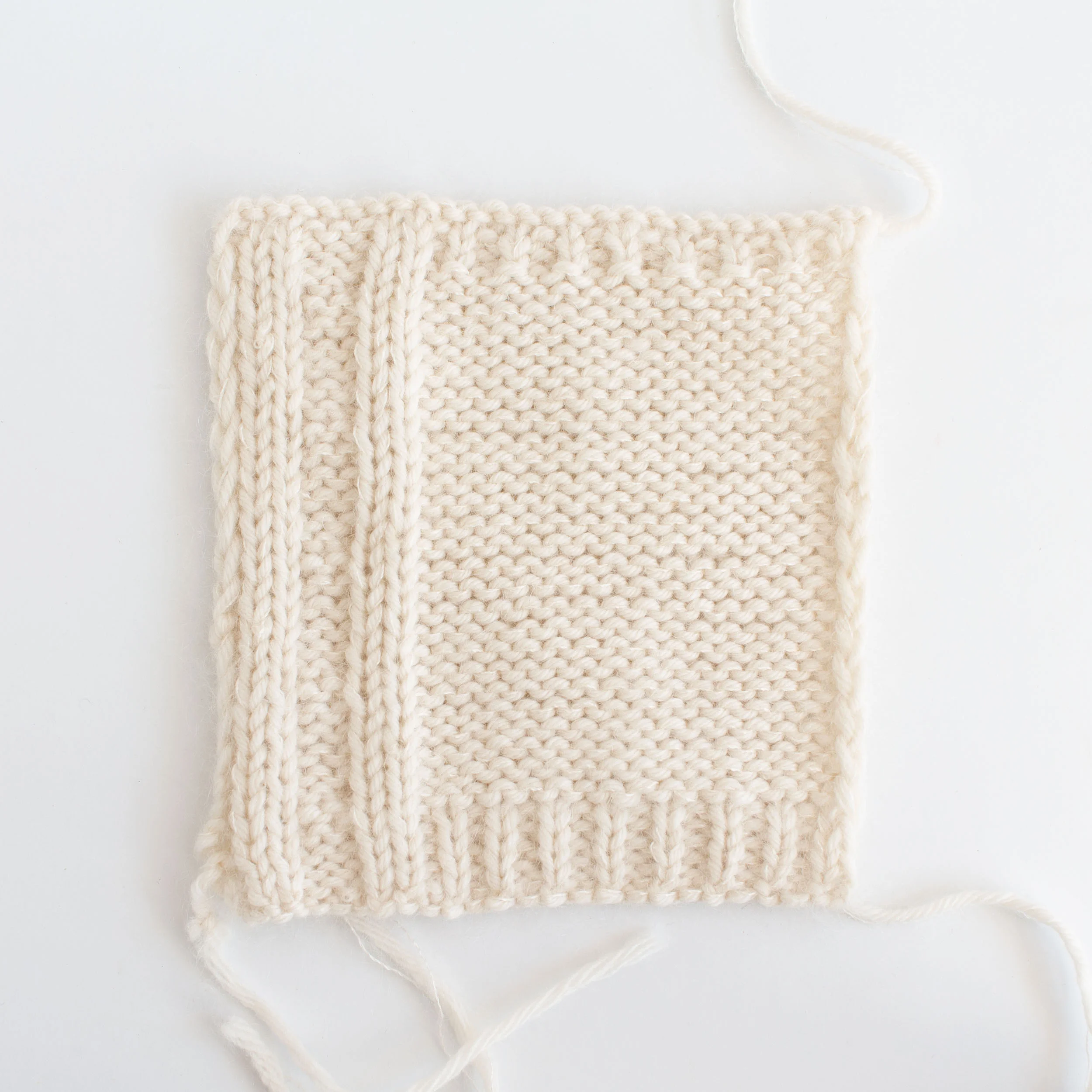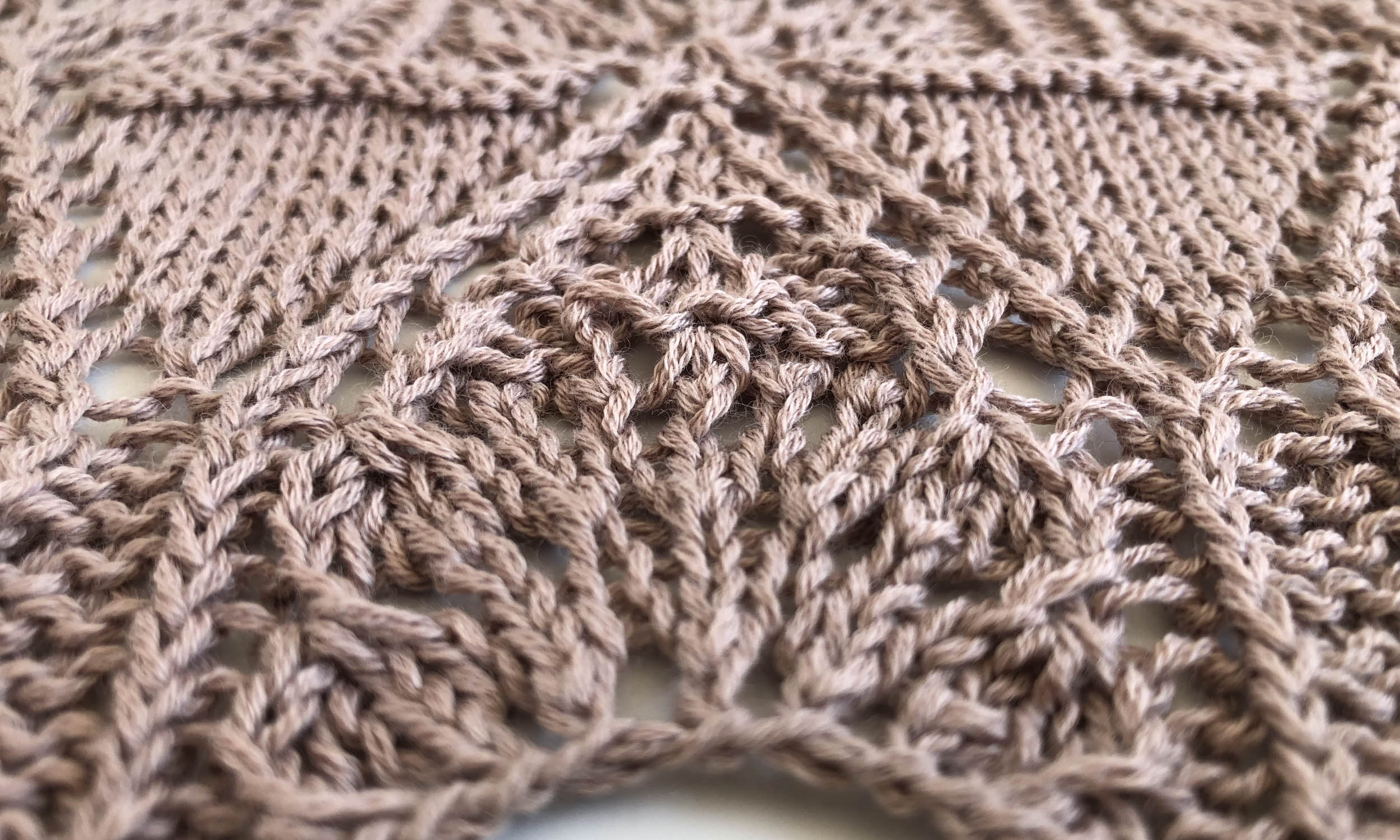I often find it difficult to decide what to spin next, often overwhelmed by the many project variables – colour, fibre, plies and ultimately what to knit/weave/crochet…
Gradually I’ve realised that I just need to get the process started by making one key decision.
For a while I’ve wanted to spin for a shawl project and drawn in by the intense colour-play of the Nightshift shawl I knew it was time to commit.
I’ve detailed below how making this one decision had a positive cascading effect on the direction of the project, from how I selected the fibre and determined colour, to how I would spin the yarn and knit the shawl.
I hope you enjoy this exploration in fibre, colour and yarn, and maybe even inspire your next spin!
Andrea - Loom & Spindle
PROJECT: A Hand Spun Nightshift Shawl
INTENTION
Hand spin yarn for a Nightshift shawl and explore:
Fibre selection and colour placement
Colour effects in the hand spun yarn
The resulting fabric and hand-feel
SKILLS
Hand spinning a two-ply worsted/10ply weight yarn
Knitted shawl construction
TOOLS
Spinning wheel - Louët S17 Spinning Wheel
Knitting needles - 5mm (US 8) circular needles (I used Chiaogoo Spin Bamboo Interchangables)
MATERIALS
From my stash:
50g, 21 micron Merino (yellow). Hand dyed by Created by Elsie B
250g, 26 micron Warooka Station Merino x White Suffolk. Hand dyed by Shepherdess (no longer trading).
PATTERN
The Nightshift shawl pattern was published by Andrea Mowry of Drea Renee Knits in October 2018. It is available for purchase on Ravelry or dreareneeknits.com.
PROCESS
FIBRE SELECTION
Spinning for a shawl project, my prerequisite when choosing fibre was for something that had a next-to-skin softness. Colour-play was also going to be a big part of this project, so I narrowed the fibre selection down further to just hand-dyed braids with interesting colour repeats.
Working from my stash, I pulled out hand dyed braids in Merino and similar fibres and started grouping compatible colourways.
I settled on a braid of Merino and several braids of a Merino X Suffolk fibre, approximately 300g in total. I had previously sampled the Merino X Suffolk. The resulting yarn was soft and bouncy similar in characteristic to Merino.
Featuring heavily saturated shades of yellow, orange, red, purple and green, the resulting palette was definitely out of my comfort zone. Though, I considered the colour intensity and saturation of each shade would correspond well to the design elements of the Nightshift pattern.
THE SPIN
The intention was to spin six, 2-ply yarns at a worsted/10ply weight to get a knitted gauge similar to what was specified in the pattern.
To prep the fibre I broke the fibre down into six 50g lots, carefully distributing colours to ensure I would end up with six colour differentiated yarns:
Yellow
Orange/Red
Red/Grey
Red/Purple
Green/Purple
Green
Then for my two plies I studied the colouring in each bundle and split each into two portions keeping the colour evenly distributed.
For each colour bundle I spun one of the portions from the tip making the first ply. For the second ply I stripped down the remaining portions so the colours would repeat more frequently.
Each ply was spun in the Z direction at approximately 28-30 WPI, then plied together in the S direction to create a 2-ply yarn.
Each yarn was finished with a short soak in cool water, pressed in a towel to remove the excess and then hung to dry.
KNITTING
I knit a mini swatch on 5mm needles. I was happy with the resulting fabric. I didn’t fuss about gauge as the pattern was quite modular and could be made larger or smaller if needed.
The pattern was worked as written using Mowry’s suggested colour changes, with the exception of one colour repeat towards the end where I knit 10 extra rows.
My colours correspond to the pattern colours as follows:
Colour A – Green
Colour B – Green/Purple
Colour C – Yellow
Colour D – Orange/Red
Colour E – Red/Purple
Colour F – Red/Grey
Bound off in C and D.
FINISHING
To finish, the shawl was immersed in a bath of cool water for around 10 minutes, the water was drained, and the shawl pressed between towels to remove the excess. The piece was pinned out on a blocking matt, attention given to the triangular shaping of the shawl.
Once dry the gauge measured at:
20 stitches over 10cm (4'')
28 rows over 10cm (4'')
Total yardage:
I’m not really sure as I didn’t do any strict yardage calculations before I started. Though, think I have enough left over to make a beanie!
Final measurements:
Wingspan - 65”/165 cm
Centre Depth - 31”/79 cm
INSIGHTS AND OPPORTUNITIES
FIBRE AND COLOUR SELECTION
The Nightshift was such a great stash buster, I was truly in my happy place mixing and matching fibres for this project.
I was immediately drawn to the warm saturated shades of some of my most treasured braids, I was delighted when the final palette came together.
THE SPIN
The worsted weight yarn spun up very quickly, I had everything spun up in under a month!
I felt that it was important to complete all the spinning before I started knitting for this project in order to determine colour placement within the knitted shawl.
FABRIC AND HANDFEEL
I certainly wasn’t disappointed by the merino and Merino X fibres. They made for bouncy squishy yarns and a light and lofty shawl.
From far away you could easily say it’s just a colour block shawl, but with Mowry’s clever repeating mosaic stitch pattern the resulting fabric is a kaleidoscope of colour with subtle gradients over every row that I could study for hours.
FINAL THOUGHTS
There’s good reason why this pattern has 3800+ projects on Ravelry. The colour-play is highly engaging, and the piece works up quickly as you’re always itching to get to the next colour section.
The modular stitch repeat makes for a forgiving pattern, handy when yardage or gauge is not always spot on.
The colour shifting characteristics of hand-spun yarn make it the perfect substitution for the patterns suggested yarn.
Knitting with your hand spun yarn and feeling every bump and seeing every colour change is so satisfying. I would highly recommend all skill levels giving it!
THANK YOU FOR READING!
Would you like to save this project for later? Add it to your Ravelry favourites HERE.
STAY IN THE LOOP
RECEIVE UPDATES FROM OUR STUDIO, PROJECT INSPIRATION AND PRODUCT NEWS BY JOINING THE LOOM & SPINDLE COLLECTIVE.





